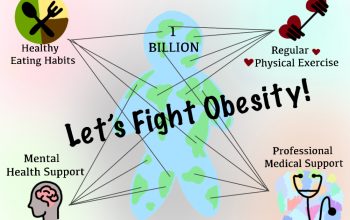When your department knows less about its career options than you
Lukas Faust CONTRIBUTOR
Every student hopes their degree will be worth their time and tuition. However, only few fear waking up to find their major completely disappear from the face of their university. This might be the unfortunate fate of several alumni at U of T’s engineering department, as their flagship program struggles to find its identity.
The academically rigorous program is in danger of losing one of its other key majors. In an email the faculty sent to its students, it was revealed that the Department of Civil Engineering has proposed to “close the Infrastructure Major, given low demand and shifting departmental priorities….” In the 2017 Annual Report given out by the faculty, only 14 students were enrolled in Infrastructure. This was the second smallest option in the division. Nanotechnology, which was phased out in earlier years, still has two brave souls studying on.
Graduates of the Engineering Science (EngSci) program typically find employment and postgraduate studies at top universities very easily. Those who have studied infrastructure engineering at U of T would still find themselves working for the top institutions around the world. Still, it might be depressing (or delighting) for them to realize nobody else will get the same education as they had.
Furthermore, in Fall 2018, the EngSci degree will be receiving a major makeover. The faculty plan to introduce a new Machine Intelligence (MI) option. This has drawn the ire of some undergraduate students, who describe the program and its new additions as “overly specialized” and “soon-to-be unrecognizable.”
EngSci began at U of T as “Engineering Physics” in 1943, and throughout the years it has branched out to different disciplines. While the curriculum has been changing since its inception, there are several drawbacks to this flexibility. When a new option is introduced, it might take time for it to get properly recognized by the industry. The term “Engineering Science” itself is quite vague, and sometimes students have to clarify their education to potential employers. However, the degree is not only causing some confusion outside of the university.
This new MI option is problematic. There are already separate Electrical Engineering and Computer Engineering degrees within U of T, both with specializations of their own. The EngSci program itself has almost half of its nine future options related to these fields (that is, machine learning, energy systems, robotics, and an EngSci-specific Electrical & Computer Engineering degree).
These ordeals beg several questions: who decides what options are added or dropped? Why create an entirely new option when there are so many programs with existing overlap? Will the major I studied as an undergraduate exist in ve or 10 years? If I’m a first-year, will I have a chance to get into my program before it gets shut down by the faculty?
The fundamental problem with EngSci is that its options are starting to become overly specialized. There appears to be a desire by the entire faculty to make EngSci the “coolest, most cutting-edge” degree in the university by adding new content rather than improving existing programs. After all, to basically anybody in the world, it is a lot easier to build than to x. Perhaps in the future, all of the EngSci options will become electrical or computer engineering in disguise, or nobody will remember nanotechnology (also the supposed “hottest” new field at the time) and infrastructure even existed. If this is the path the faculty wants to take, they should be more transparent about it to their students.
Respectfully, I recommend that the Faculty of Applied Science and Engineering review the addition of Machine Intelligence to the EngSci degree. There are ways to add these specialized topics into the curriculum of existing programs, rather than hyping up a new option that makes the question, “What is EngSci?,” even harder to answer.




